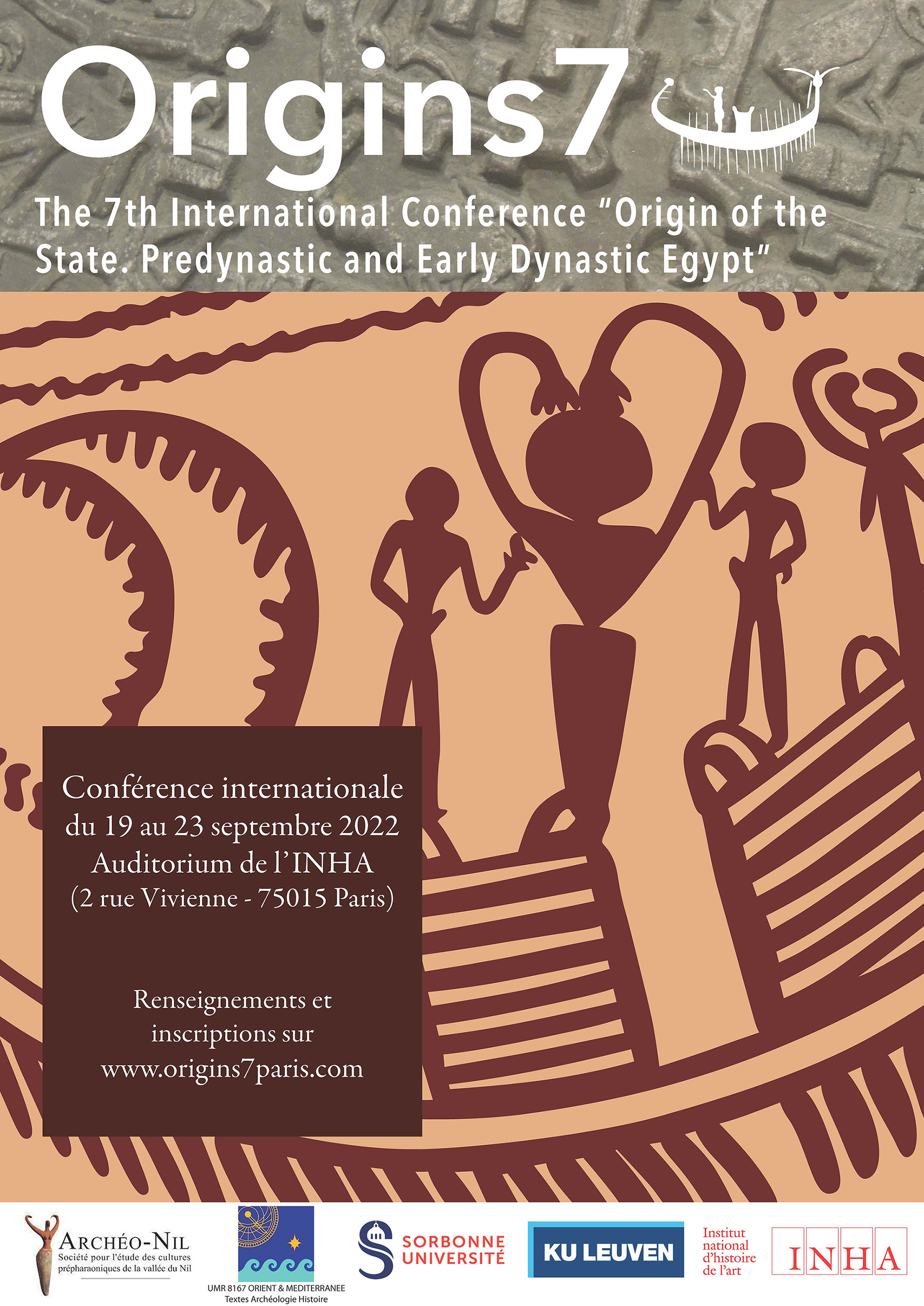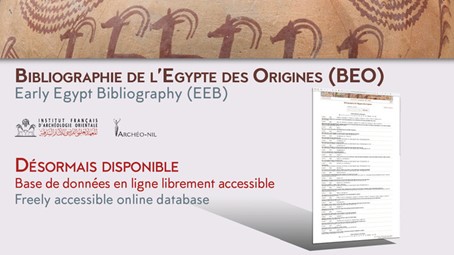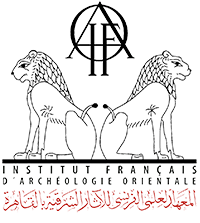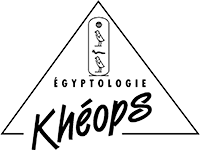TELL EL-ISWID
Predynastic settlement in the Eastern Nile Delta
■ Fieldwork dates
2006-present
■ Project director
Béatrix MIDANT-REYNES (CNRS) from 2006 to 2016
Nathalie BUCHEZ (Inrap) since 2016
■ Participants
Hasnaa ASKALANY | Sandra AUSSEL | Ahmed BAHER | Jade BAJEOT | Yann BELIEZ | Gaëlle BREAND | François BRIOIS | Debora CASINI | Julien CAVERO | Anne-Sophie COUPEY | Morgan DE DAPPER | Nathalie DELHOPITAL | Rachid EL HAJAOUI | Attia ELSHAFAEY ABDELLATIF ELSHAFAEY | Aline EMERY-BARBIER | Bruno FABRY | Mohamed GABER | Julie GEREZ | Samuel GUERIN | Frédéric GUYOT | Mohamed HASSAN | Tomasz HERBICH | Christiane HOCHSTRASSER-PETIT | Juliette LAROYE | Emmanuelle LEROY-LANGELIN | Joséphine LESUR | Gilles LOISON | Sylvie MARCHAND | Elena MARINOVA | Florence MARTIN | Niccolo MAZZUCCO | Mathilde MINOTTI | Marie OWNBY | Sidonie PREISS | Iliona REGULSKI | Jerôme ROBITAILLE | Valentine ROUX | Guillaume SAINT SEVER | Alisson SAN NICOLA | Aline THOMAS | Evelyne TISSIER | Loïc TORCHY | Yann TRISTANT | Camille VANHOVE | Frédéric VINOLAS | Jérémie VOSGES | Mohamed YOUNES
■ Institutions
- Institut français d’archéologie orientale (Le Caire)
- Institut national de recherches archéologiques préventives (Inrap)
- Laboratoire TRACES, UMR 5608, CNRS, Ehess, Université Toulouse Paul Sabatier
- French Ministry of Foreign Affairs
- Région Midi-Pyrénées
- French National Research Agency (ANR)
■ Presentation
The predynastic site of Tell el-Iswid is located in the Eastern Nile Delta, 40 km to the north-east of the current town of Zagazig, in the province of Sharqiyah. It was discovered in 1987 when a team from the University of Amsterdam, led by E. van den Brink undertook deep-coring and test-pit campaigns in the area. It is a long-term settlement site, marked by two main phases: the Predynastic and Early Dynastic period, covering all of the 4th millennium BCE, and the Late Period (26th Dynasty: 663-525 BCE). Limited evidence also point to an occupation during the Intermediate Period (4th Dynasty, 11th Dynasty, end of the Second Intermediate Period and beginning of the New Kingdom).
Since 2006, on behalf of IFAO and with the financial support of the French Ministry of Foreign Affairs and the French Region Midi-Pyrénées, a new approach was undertaken, integrated to a study programme on human-environment interactions during the 4th millennium BCE (ANR project Gezira). The aim was to characterise the settlement types on the gezira – a sandy island which remained emerged during the annual flood – and their evolution over the 4th millennium, the mutual influences between the communities from the north of Egypt and those from the south in their geo-cultural context.
Data from the coring, archaeological test pit and magnetic surveys show that the tell as it is nowadays (ca. 12ha), represents only part of a site or a complex of sites located in the margins of a vast sandy stretch, currently overlain by cultivation fields. The first occupations identified at the site date to the beginning of the 4th millennium BCE and correspond to the Lower Egyptian Cultures (previously called “Maadi-Bouto”). Then, the settlement change and shift places on the gezira, following the topographic changes due to the floods. In addition to the mobility of the settlements on the gezira, the characteristics of the settlement are progressively permeated by elements and behaviours specific to Naqada cultures (see Bajeot & Roux). It was then possible to follow the transformations of a settlement on the long term, from multicellular architectural forms, made from light materials and built in trenches to the emergence of the first mud-brick architecture (ca. 3500 BCE) and their evolution during the last quarter of the millennium. The latter distinguish themselves in the transformation of a building, of which the publication is nearing completion (Midant-Reynes & Buchez eds.).
This is the time when the first kings assert their power on the whole of Egypt and record their name in large scale exchange networks. Tell el-Iswid is part of these great transformations, as evidenced by a sherd coming from one of the rooms of the building and engraved with the name of Iry-Hor.
Excavations at Tell el-Iswid were directed until 2016 by Béatrix Midant-Reynes (CNRS). Since then, they are led by Nathalie Buchez (Inrap), on behalf of IFAO, with the financial support of the French Ministry of Foreign Affairs.■ Main publications
Buchez, N., Tell el-Iswid, in Coulon, L. & Cressent, M. (eds.), Archéologie française en Égypte. Recherche, coopération, innovation, Bibliothèque générale 59, Le Caire, 2019 : 104-109.
Buchez, N.; Midant-Reynes, B:. Bréand, G.; Briois, F.; El-Hajaoui, R.; Guérin, S.; Guyot, F.; Hochstrasser-Petit, C.; Minotti, M. & Robitaille, J., Lower Egyptian Culture settlement at Tell el-Iswid in the Nile Delta, in Midant-Reynes, B. & Tristant, Y. (eds.) ; E.M. Ryan (coll.), Egypt at its Origins 5. Proceedings of the Fifth International Conference “Origin of the State. Predynastic and Early Dynastic Egypt”, Cairo, 13th-18th April 2014, Orientalia Lovaniensia Analecta 260, Leuven, 2017: 35-48.
Midant-Reynes, B. & Buchez, N. (eds.), Tell el-Iswid 2006-2009, Fouilles de l’Institut français d’archéologie orientale 73, Le Caire, 2014.
Midant-Reynes, B. & Buchez, N. (eds.), Tell el-Iswid II 2010-2018. Les occupations naqadiennes du secteur 4, Fouilles de l’Institut français d’archéologie orientale, Le Caire, en préparation.
Midant-Reynes, B., Une nouvelle attestation d’Iry-Hor dans le Delta, in Vuilleumier, S. & Meyrat, P. (eds.), Sur les pistes du désert. Mélanges offerts à Michel Valloggia, Gollion, 2019: 157-170.
van den Brink, E.C.M., A Transitional Late Predynastic – Early Dynastic Settlement Site in the Northeastern Nile Delta, Egypt, Mitteilungen des Deutschen Archäologischen Instituts, Abteilung Kairo 45 (1989): 55-108.
■ Articles published in Archéo-Nil
Archéo-Nil 29 (2019)
Midant-Reynes Béatrix & Buchez Nathalie
Naqadian expansion: a review of the question based on the Necropolis of Kom el-Khilgan
128-156
Bajeot, J. & Roux, V.
The Lower Egyptian Culture: new perspectives through the lens of ceramic technology
157-178
■ Websites
Tell el-Iswid, site prédynastique du Delta oriental
Institut français d’archéologie orientale (Ifao)
Tell el-Iswid : la formation de l’État en Égypte
Institut national de recherches archéologiques préventives (Inrap)
Tell el-Iswid, site archéologique dans le delta oriental du Nil
Iswidegypt
Tell el-Iswid
Facebook
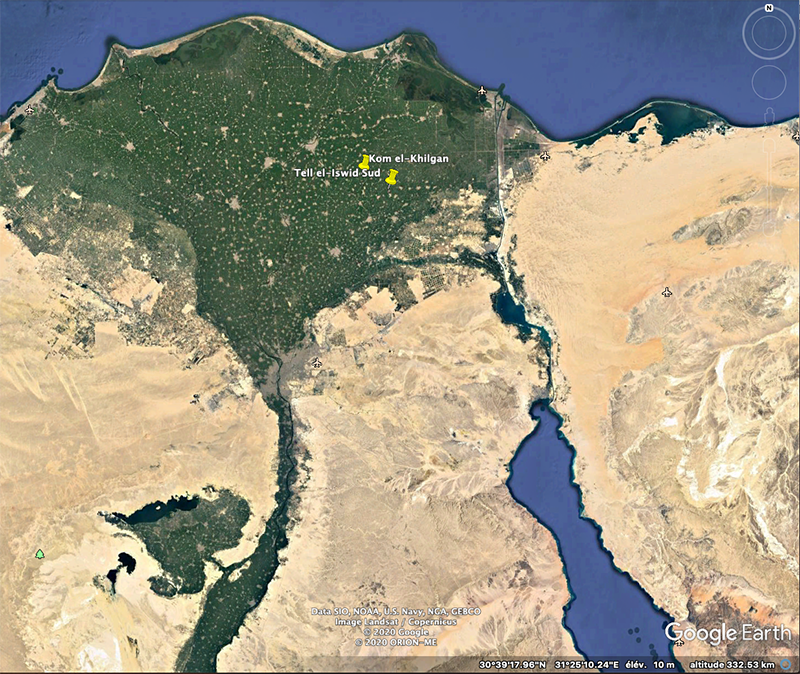
Location of Tell el-Iswid in the Eastern Delta. The site is located ca. 15km to the south-east of Kom el-Khilgan
(Image Google Earth)
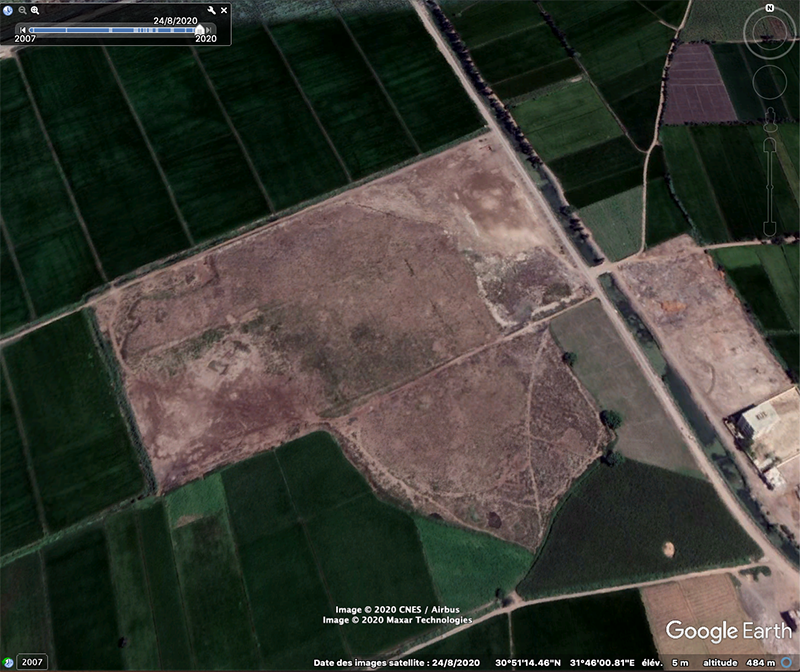
Satellite view of the tell (not cultivated) and surrounding fields (cultivated).
The sector excavated since 2009 is visible, to the left, in the first third of the site, to the west.
(Image Google Earth)
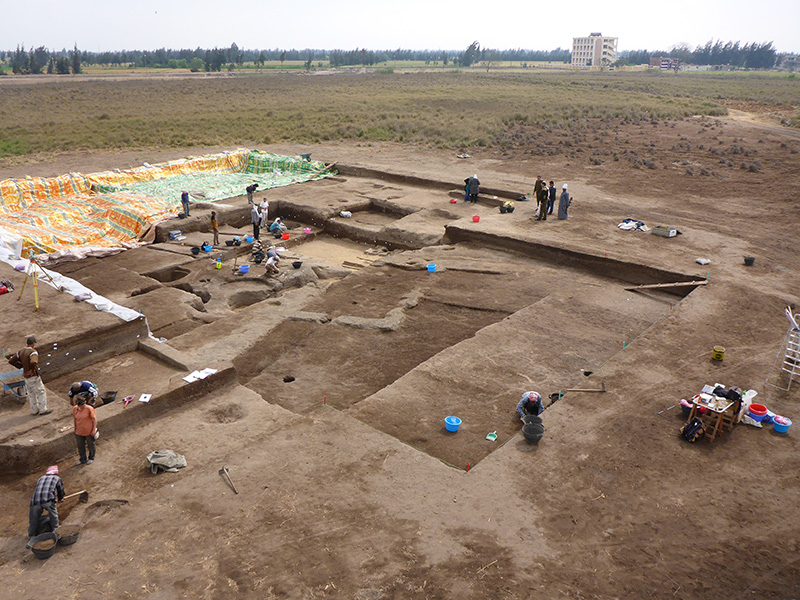
General view of the excavation
(Photo R. el Hajaoui)
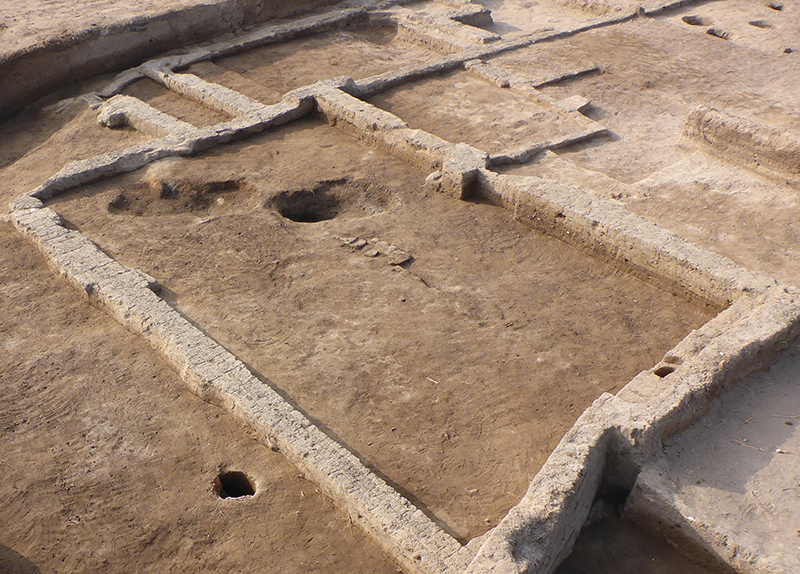
Mudbrick architecture of the Naqada Period
(Photo R. el Hajaoui)
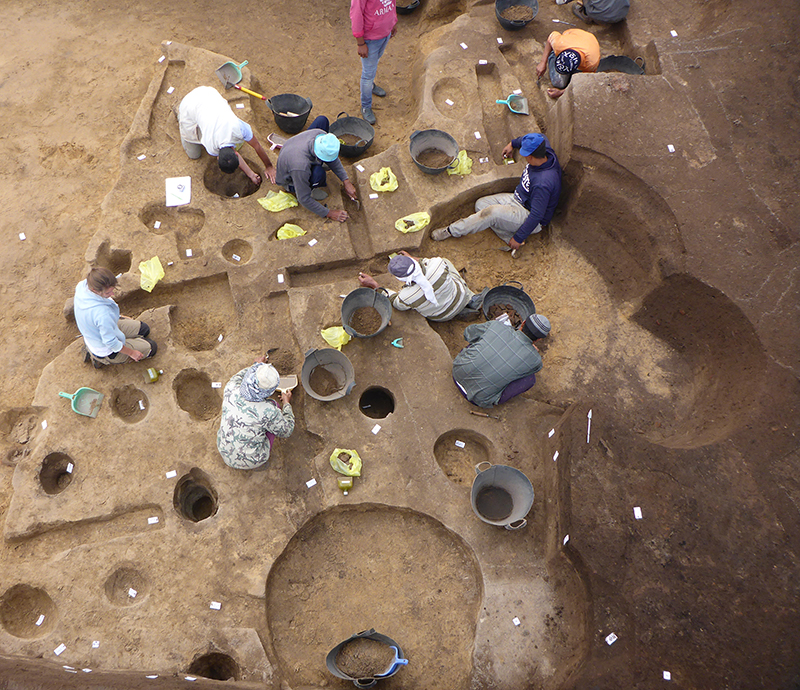
Excavation of the building trenches and of the Lower Egyptian Cultures occupation levels
(Photo R. el Hajaoui)
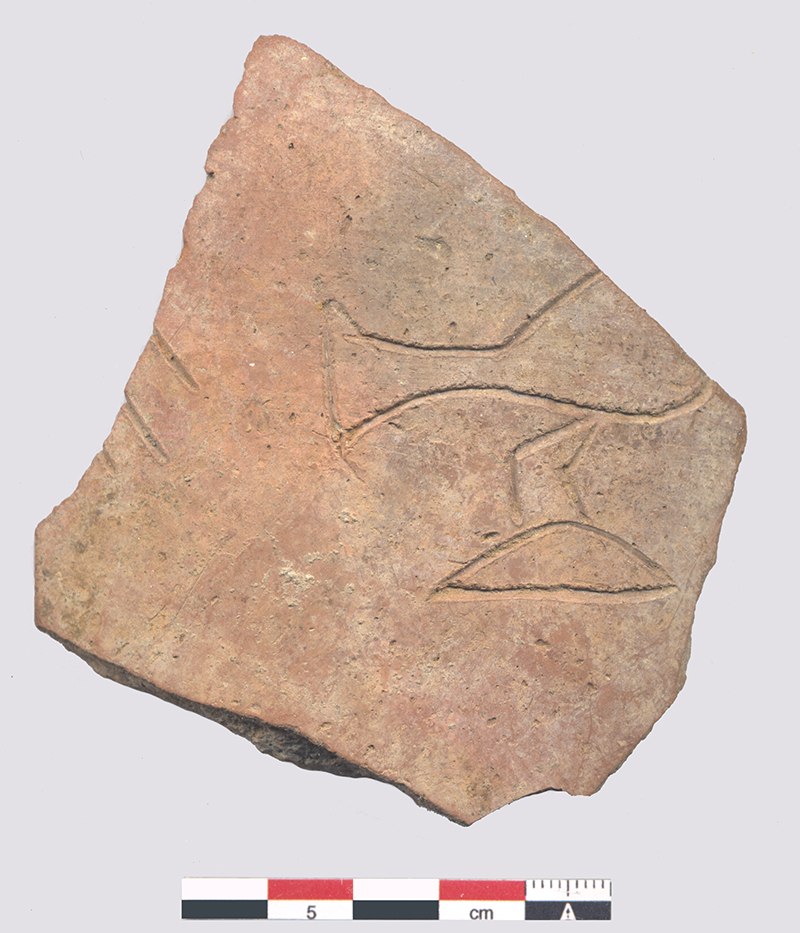
Engraved sherd with the name of Iry-Hor
(Photo B. Midant-Reynes)











